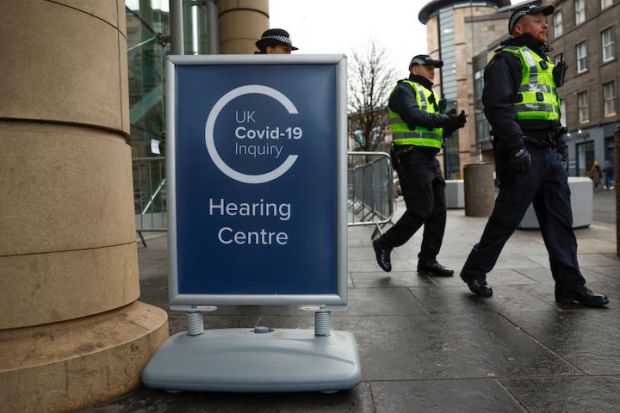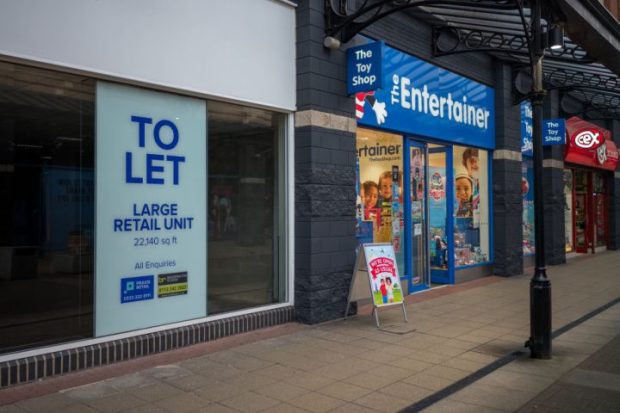In spite of the approval of one vaccine and the likely approval of at least two others, the government seems determined to push ahead with ‘operation moonshot’ — mass community testing along the lines of that being trialled in Liverpool. That is astonishing, not least because of the cost — put at £100 billion in one leaked document. There is also, as I wrote here a fortnight ago, the matter of the dismal accuracy of the lateral flow tests being used for community testing. It suggests that the government, for all the Prime Minister’s chirpiness this week, has little confidence that vaccination will put an end to the Covid pandemic any time soon. Otherwise, why spend such a fortune on testing for a disease that ought rapidly to die away?
But if it is necessary to carry on with mass surveillance for Covid-19, is there a cheaper way to do it? Since March, the public has been invited to sign up with the Covid Symptom Study App designed by healthcare company Zoe in association with King’s College, London. They regularly ask their one million active users to report whether they are well, if they showed just a Covid symptom or if they were given a PCR test for Covid. The aim is to collect data on the prevalence of the disease, hopefully giving advance warning of outbreaks.
Can it be trusted? Michael Gove, for one, is said to be sceptical of its reliability. In recent weeks the government has tended to dismiss the pronouncements of professor Tim Spector, designer of the app, who has argued that too many areas have been placed in too high a tier. But a study in the Lancet has plotted the prevalence of Covid infections, as detected by the app, and compared that outcome with data provided by the Office of National Statistics’ infection survey, Imperial College’s React study and the data on confirmed infections as recorded by Public Health England. It ought to be noted that this is not an independent study — its lead author is given as Thomas Varsavsky, a PhD student at King’s College who has worked on the project.
The results show that all four datasets tell broadly the same story: declining cases up until early June, then a flat period of low infection during the summer months followed by a rise from late August onwards. Although PHE appears to report fewer cases than the other data sources.
The main stand-out difference with the Zoe app is that it recorded higher numbers of new infections in the spring but lower numbers in the autumn. The other point to note is that both in terms of estimated new cases and prevalence, the Covid Symptom Study App has tended to lag the ONS data by a week or so — which makes it considerably less useful than if it was providing advance warning of a shift in cases.
What the app does provide, however, is a larger dataset, which makes it potentially useful by identifying localised outbreaks. The latest edition of the ONS infection survey, published on Friday and which shows a clear downward trend in new infections, involved 635,700 swab tests. There are, by contrast, over a million active users of the Zoe app — although the gender balance is somewhat skewed, with three-fifths of them women. There are a decent number of over-65s in the study, but they are not represented proportionally: 12.3 per cent are aged over 65, compared with 18 per cent of the population as a whole. The ONS sample, on the other hand, is randomised.
It is not clear that the Covid Symptom Study app adds an awful lot to the supply of Covid data, other than confirming what we know from other sources. But all data sources seem to be indicating the same thing: that the second wave of Covid 19 in England is now on a sharp downwards trend.
Got something to add? Join the discussion and comment below.
Get 10 issues for just $10
Subscribe to The Spectator Australia today for the next 10 magazine issues, plus full online access, for just $10.





















Comments
Don't miss out
Join the conversation with other Spectator Australia readers. Subscribe to leave a comment.
SUBSCRIBEAlready a subscriber? Log in